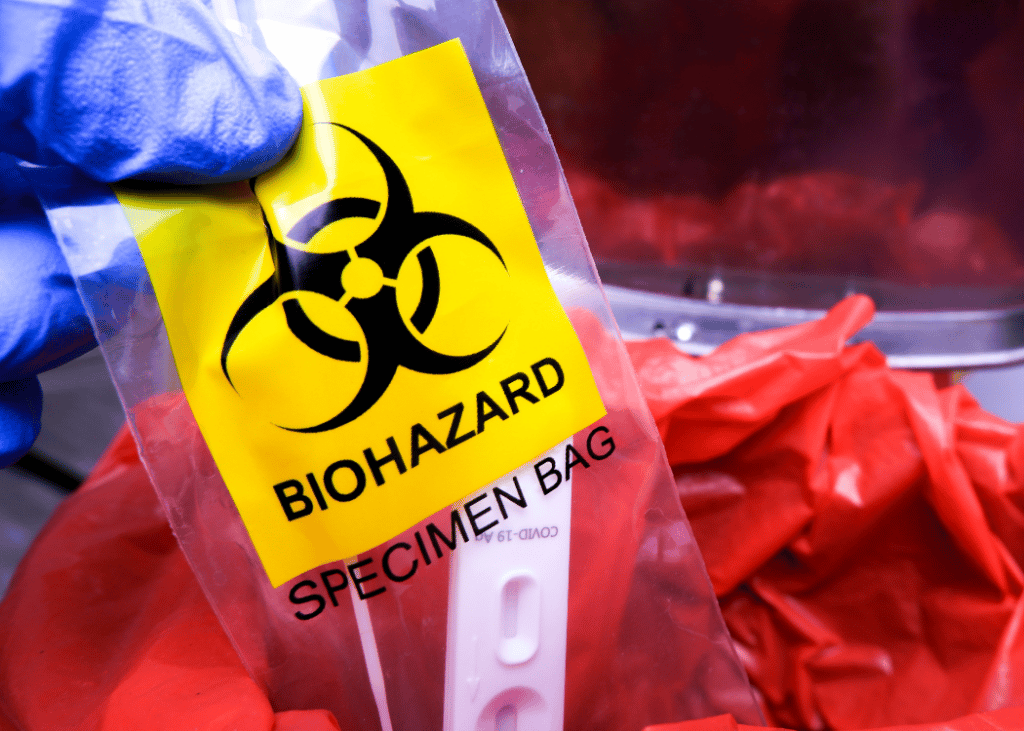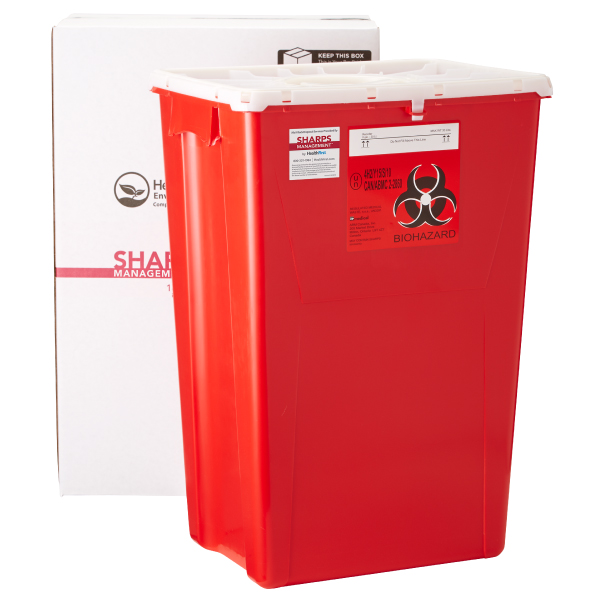Medical Waste Removal Excellence: Your Relied On Partner in Safe Biohazard Disposal
Medical Waste Removal Excellence: Your Relied On Partner in Safe Biohazard Disposal
Blog Article
Discovering Various Waste Disposal Options for a Cleanser Atmosphere
In the quest of a cleaner atmosphere, the administration of waste disposal has actually become a critical centerpiece for lasting development. With a wide variety of waste disposal alternatives offered, ranging from conventional land fill methods to cutting-edge waste-to-energy modern technologies, the choice of just how we handle our waste has far-ranging implications for our planet's well-being. By checking out the different techniques and techniques utilized in reusing, composting, incineration, land fill monitoring, and waste-to-energy procedures, a deeper understanding of their influences and efficiency can be obtained. The quest for optimal garbage disposal approaches that focus on environmental preservation while meeting the needs of a growing populace remains a pressing worry in today's globe.
Recycling Methods
Carrying out efficient reusing techniques is crucial in reducing waste and promoting sustainability in our environment. Reusing entails the procedure of converting waste products into multiple-use items to stop unneeded disposal.
An additional essential recycling method is composting, which includes decomposing natural waste like food scraps and backyard trimmings right into nutrient-rich dirt. This procedure not just diverts natural waste from garbage dumps yet additionally produces a beneficial resource for horticulture and agriculture. Furthermore, upcycling is an imaginative recycling approach that includes changing old or thrown out materials right into products of better or worth. By incorporating these different reusing approaches right into our waste monitoring practices, we can substantially reduce our environmental footprint and move towards a more sustainable future.

Composting Techniques
Reliable waste monitoring practices, such as recycling approaches, pave the method for a cleaner atmosphere, and now, changing the emphasis to 'Composting Techniques', we discover sustainable means to break down natural waste for environmental benefit. medical waste removal.
Composting is a natural process that changes organic waste, like food scraps and backyard trimmings, right into a nutrient-rich dirt change. The secret to successful composting lies in developing the ideal equilibrium of green products, such as vegetables and fruit scraps, and brown materials, like dried fallen leaves and twigs. These products disintegrate with the help of microorganisms, damaging down the waste into valuable compost.
Typical backyard composting entails layering organic materials in a bin or pile and routinely turning the blend to freshen it. By making use of composting methods, we can minimize the amount of waste sent out to land fills while producing an advantageous item for enhancing dirt and supporting plant growth.
Incineration Benefits And Drawbacks
Incineration, as a garbage disposal approach, offers both benefits and drawbacks that merit careful consideration in the realm of sustainable waste management practices. On the favorable side, incineration can dramatically reduce the volume of waste, lessening the demand for land fill room and potentially lowering greenhouse gas emissions. Incineration also permits the recovery of energy via the generation of electrical power or warm, adding to resource healing. The process can be used to damage harmful substances, providing a safe approach for dealing with certain types of waste that may present risks to public health and wellness and the environment if left untreated.
Nonetheless, there are remarkable disadvantages to incineration. One major issue is the potential launch of dangerous pollutants into the air, such as dioxins, heavy steels, and particulate issue, which can have adverse effects on human health and the atmosphere. Additionally, the high first investment and operational prices of incineration centers pose financial obstacles, making it a less cost-efficient option compared to other waste monitoring approaches. Mindful monitoring and law are necessary to mitigate these adverse effects and make best use of the benefits of incineration as part of a comprehensive waste management method.
Garbage Dump Monitoring Approaches
Garbage dumps play a vital duty in waste administration and environmental conservation by providing a containment system for the disposal of solid waste products. Effective garbage dump administration strategies are vital to reduce environmental impacts and guarantee the long-lasting sustainability read this post here of these waste disposal sites. One vital strategy appertains waste compaction to maximize making use of readily available area within the garbage dump (click here). By compacting the waste, the volume is decreased, enabling more waste to be fit with time.
In addition, the implementation of day-to-day cover techniques is crucial in decreasing smells, avoiding trash, and decreasing the tourist attraction of pests. Treatment the disposed waste at the end of each day helps to include smells and prevent possible ecological contamination. In addition, the tracking of land fill gas exhausts and leachate degrees is crucial in making sure that environmental requirements are met and that any type of potential risks to bordering ecosystems are lessened.

Waste-to-Energy Technologies
One of the innovative techniques to lose administration involves taking advantage of Waste-to-Energy technologies to convert solid waste right into usable energy resources. Waste-to-Energy (WtE) innovations encompass a series of procedures that aim to extract power from waste products through thermal, chemical, or biological means. This conversion process not just decreases the volume of waste that finishes up in land fills but also produces useful energy resources such as power, warmth, or biofuels.
There are numerous methods of Waste-to-Energy conversion, including incineration, pyrolysis, and gasification. Incineration entails melting waste at heats to produce warmth and electrical energy. Gasification transforms waste into a syngas, which can be made use of for power generation or chemical production. Pyrolysis breaks down natural materials making use of heats in the lack of oxygen, generating bio-oil, char, and gas.
Executing Waste-to-Energy technologies can help minimize ecological problems connected with conventional garbage disposal techniques while at the same time supplying a renewable energy resource. However, cautious consideration should be provided to emissions control and making sure the sustainability of feedstock materials for these technologies to be truly useful for a cleaner atmosphere.

Final Thought
To conclude, exploring different waste disposal options such as recycling, composting, incineration, land fill management, and waste-to-energy modern technologies is essential for promoting a cleaner atmosphere - click here. Each approach has its very own advantages and difficulties, however by utilizing a mix of these strategies, we can work in the direction of reducing the quantity of waste that winds up in landfills and ultimately add to a much more sustainable future for generations ahead
With a wide variety of waste disposal options available, ranging from standard garbage dump methods to cutting-edge waste-to-energy modern technologies, the choice of just how we handle our waste has far-reaching implications for our planet's health. medical waste disposal.Incineration, as a waste disposal approach, provides both benefits and disadvantages that merit cautious consideration in the realm of sustainable waste monitoring methods.Garbage dumps play a vital role in waste management and ecological preservation by supplying a control system for the disposal of strong waste materials. By compacting the waste, the quantity is decreased, permitting for more waste to be accommodated over time
One of the cutting-edge techniques to throw away monitoring involves taking advantage of Waste-to-Energy modern technologies to convert strong waste right into useful energy resources.
Report this page